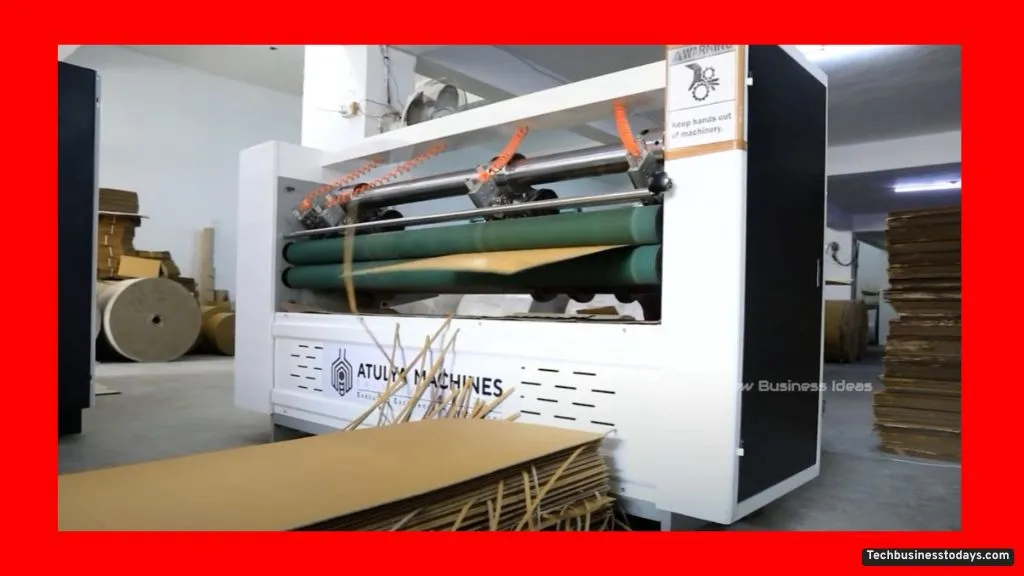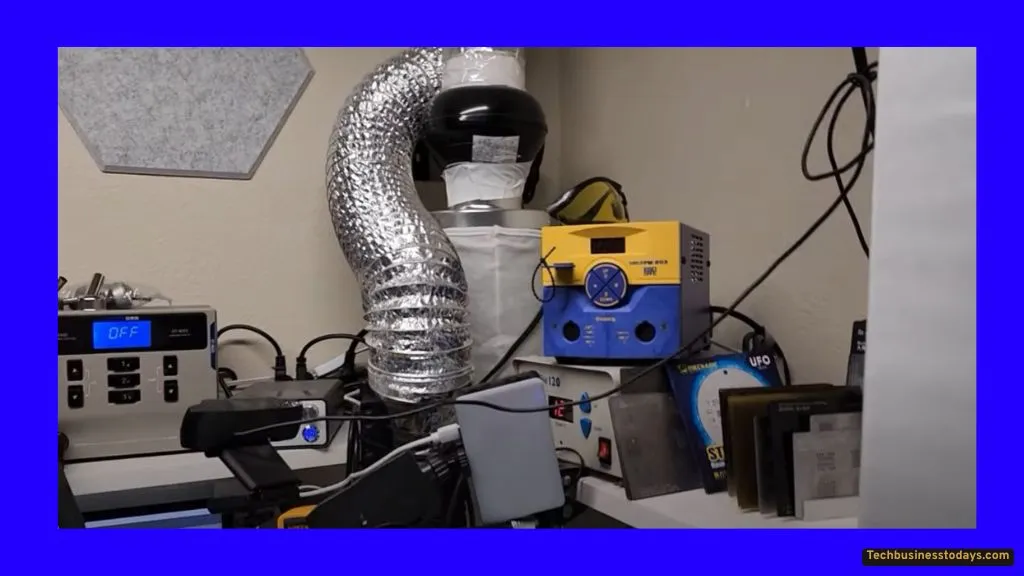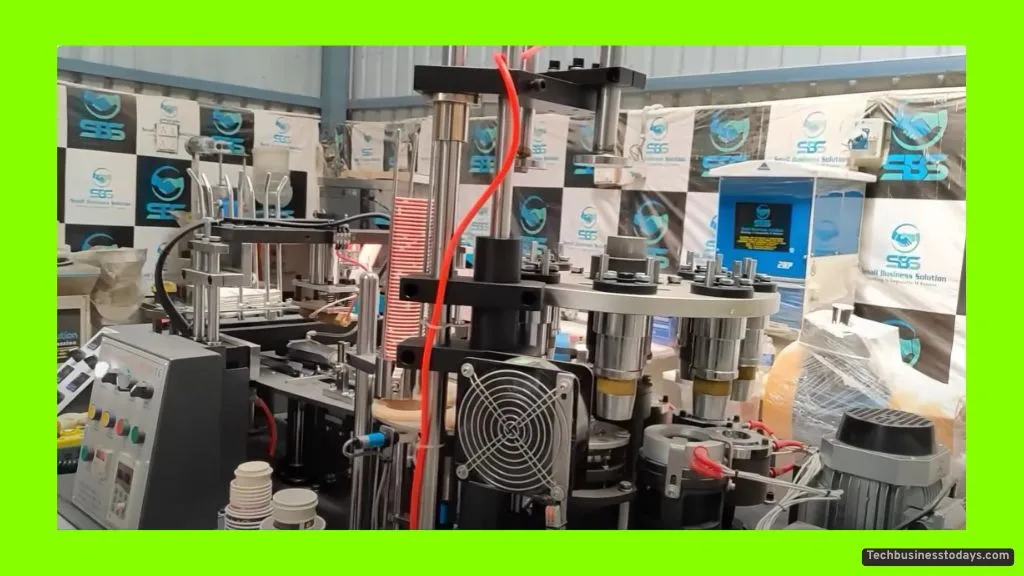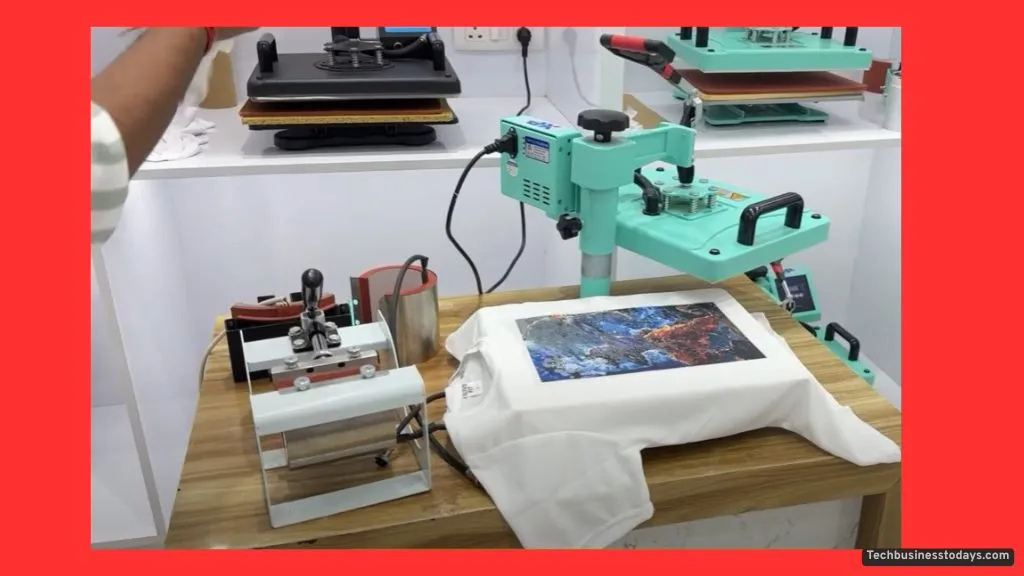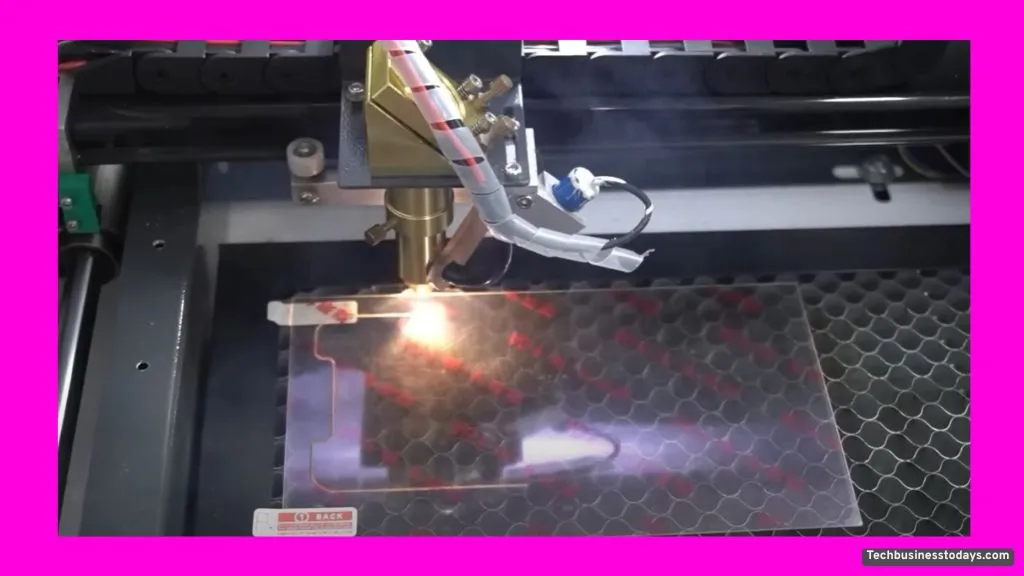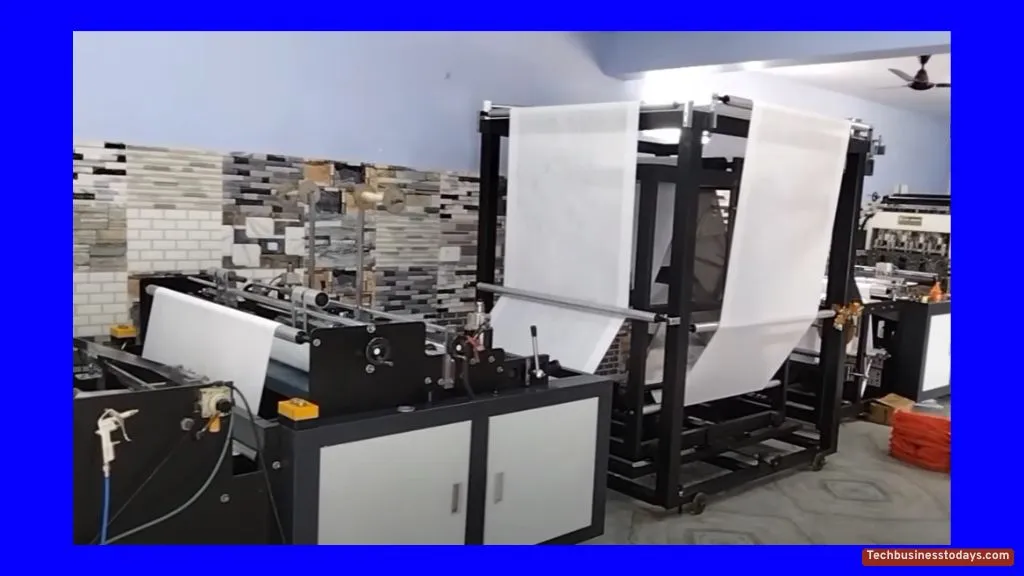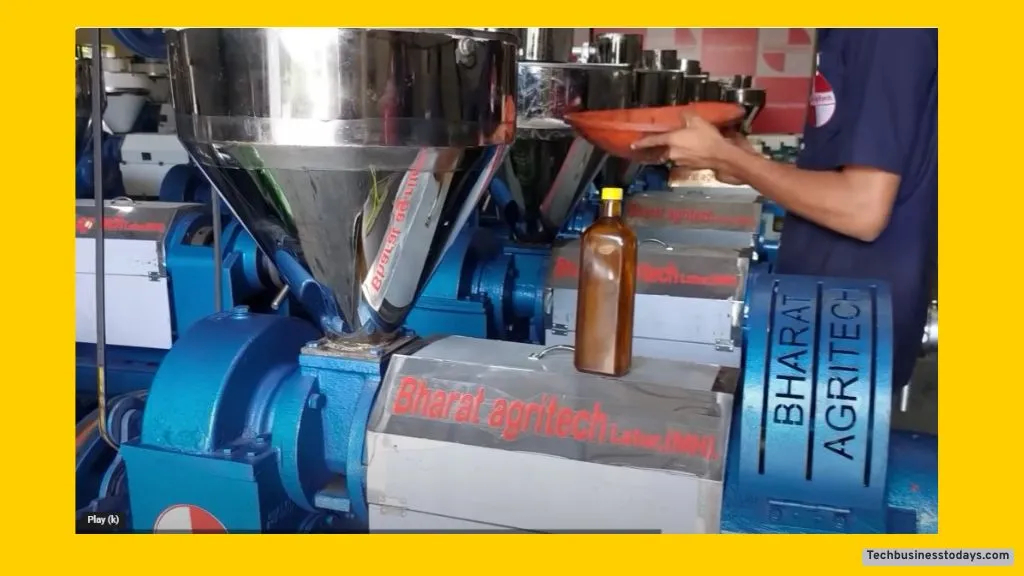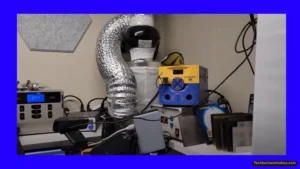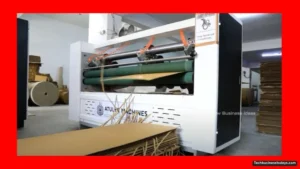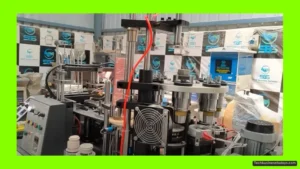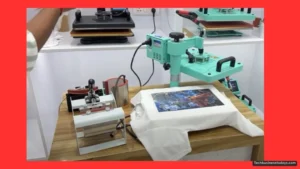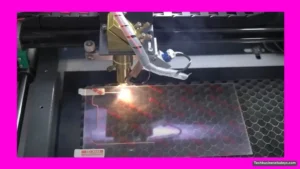Starting a corrugated box manufacturing unit has never been more promising in India. Nearly every company needs sturdy packaging, making corrugated boxes a product that sees steady and growing demand. If you’re looking for a steady business idea with good margins and room to expand, setting up a corrugated box cutting machine business could be right for you. Based on my real experience, I’m breaking down the process, investment needs, major machines, and practical tips for getting started.
Why Corrugated Box Making is a Strong Business in India
Corrugated box businesses are never out of style because almost 90% of product-based companies need these boxes for packaging and shipping. That constant need means reliable orders and sustained business, year after year.
Corrugated (sometimes called gatta) boxes are famous for being lightweight, strong, and easy to customize for all kinds of products. Look around—everything from electronics and food to clothing and machinery is shipped in these boxes. If you’re searching for how to start a corrugated box cutting machine business in India, understand that you’re tapping into a sector with strong roots.
The simple truth: packaging isn’t going away, and that means steady work and income potential for anyone running a factory or home-based box setup.
Benefits of this business:
- Huge base of potential buyers
- Orders all year (no seasonality)
- Simple materials supply chain
- Can start small and scale up
Machines Required for Corrugated Box Production
To manufacture boxes efficiently, you’ll need five main machines. Each machine takes the sheet or roll through a specific part of the box-making process. Below, I’ll describe each, their job, and price range, and share extra tips gathered from running these machines myself.
Hand Boat Cutter Machine
This sturdy stand-mounted tool holds paper rolls or sheets and cuts them into perfect sizes. The machine has two sharp blades, one up and one down, just like a professional guillotine. For those with specific needs, cutters can be custom-made to your required width.
Features and Facts:
- Cuts paper, board, and even 2-ply rolls
- Easy to use and low running cost
- Price: ₹40,000 to ₹100,000, depending on size and brand
- Maintenance: Blade sharpening (about ₹500 per session), usually needed every few months
Printing Process and Setup
Printing your branding or client information neatly on every box is essential. I use a simple but reliable setup with three pins to make sure each sheet stays in place for sharp prints.
Step-by-step printing:
- Secure the printing die (called a pharma) tightly.
- Fix the paper using three pins for perfect alignment.
- Print one side, then flip and print the other for clear, bold text or logos.
- For best prints, the screen should be exposed and tensioned correctly.
Pasting Machine
A pasting machine glues sheets and fluted (wavy) paper together to create the classic 5-ply box structure. These machines make sure each layer sticks smoothly for a strong, finished product.
Specs to know:
- Works for 3-ply, 5-ply, and 7-ply boxes (using more or fewer sheets)
- Uses white pasting gum, available by the kilo, often sold in 10-liter drums.
- Cost: ₹100,000 to ₹200,000
- Maintenance: Minimal, mainly involves cleaning gum spills and checking rollers
FAQ:
- How often do I add glue? Whenever production is running, keep glue topped up. Monitor for lumps or dryness.
- What kind of glue is best? Use white, water-based pasting gum for strong bonds and faster drying.
Rotary Machine for Creasing and Cutting
This is where the cut-and-pasted sheet gets its shape for folding. The rotary machine puts in creases, marking out flaps and folds for later.
- Handles all popular sizes; just set the rollers to your needed box dimension.
- Price: ₹100,000 to ₹200,000
- Maintenance: Very low, as moving parts are simple
Creasing helps make folding much easier and cleaner. Without this, boxes can break or look flimsy.
Suggestion: Imagine a pizza box or a shoe box—the neat corners and folds happen due to precise creasing.
Slotting Machine
A slotting machine creates U-shaped notches at folding points, so the flat sheet folds up into a box with corners. Just set the blade positions based on your measurements.
Quick facts:
- Needs sharpening every 6 months or as soon as you notice rough cuts
- Price: ₹100,000 to ₹200,000
Stitching Machine
The final assembly step uses a heavy-duty stitching (sewing) machine to join cut and slotted sheets into a sturdy box. It’s fast, reliable, and seals the deal for your finished product.
Machine highlights:
- Price: ₹60,000 to ₹150,000
- Produces hundreds of boxes a day
- Needs only basic maintenance: oiling, cleaning, and checking tension
Bold the machine names and prices for easy scanning when you’re comparing options.
Additional Equipment and Cost Considerations
Planning your budget is a big part of running a smooth operation. Wondering about the total corrugated box manufacturing plant cost in India? Here’s how it breaks down.
Total Investment Needed
- If you buy all new machines: ₹8-10 lakh for five essentials (cutter, pasting, printing, slotting, stitching)
- Second-hand machines: ₹3-5 lakh
- Both options cover you for a small-to-medium setup
| Investment Type | Approximate Cost |
|---|---|
| All New Machines | ₹800,000 – ₹1,000,000 |
| Second-Hand/Refurb. | ₹8,00,000 – ₹1,000,000 |
Die-Cutting Machine
- Used mostly for specialized box shapes and high production speed
- Expensive: often more than ₹3-4 lakh on its own
- At start, I recommend outsourcing die cutting to keep early costs down
When you’re deciding how to start a corrugated box cutting machine business from home, focus your resources on the five core machines. The optional die tool can come later as you grow.
Check a corrugated box manufacturing business plan PDF before finalizing your purchases, so you know you’re covering all steps from material to finished goods.
Step-by-Step Process Flow: How a Corrugated Box Gets Made
Here’s exactly how I turn raw paper into a ready-to-ship box for customers.
- Paper Cutting: I start by using the boat cutter to slice the sheets or 2-ply rolls to the desired box length and width.
- Printing: Next, I secure and print the cut sheets. By pinning them and using a good screen, I get clear logos or text on both sides.
- Pasting: I stack the sheets and corrugated (fluted) paper as needed (for 3-ply or 5-ply boxes), run them through the pasting machine, and glue everything tight. After gluing, I let them dry fully.
- Creasing (Rotary): The dry laminated boards go through the rotary machine, which prints in the creases—think of this as scoring marks for easy folding.
- Slotting: Sheets get their U-slots carved at corners, so folding into a cube or rectangle becomes simple and precise.
- Stitching: Every precut, folded, and slotted piece now heads to the stitching machine. With a quick run, flaps and sides get sewn together for strength.
- Bundling & Dispatch: Once the box is made, I bundle a set number together, ready for loading onto trucks. Neat bundling keeps deliveries safe and organized.
Maintenance and Operational Tips
Taking care of your machines makes them last longer and keeps production smooth. Here are my key habits:
- Sharpen blades of cutter and slotting machines regularly. Don’t wait until sheets become rough or uneven.
- Monitor glue levels and use only quality pasting gum so layers stick tight, saving time on rework.
- Watch your screen tension when printing. Loose screens lead to smudged logos.
- Clean and oil stitching machines every week, especially around moving parts.
- Handle sheets gently so corners don’t bend before assembly.
Sticking to a simple schedule for cleaning and sharpening is the cheapest way to avoid breakdowns and lost orders.
यह भी पढ़ें.

